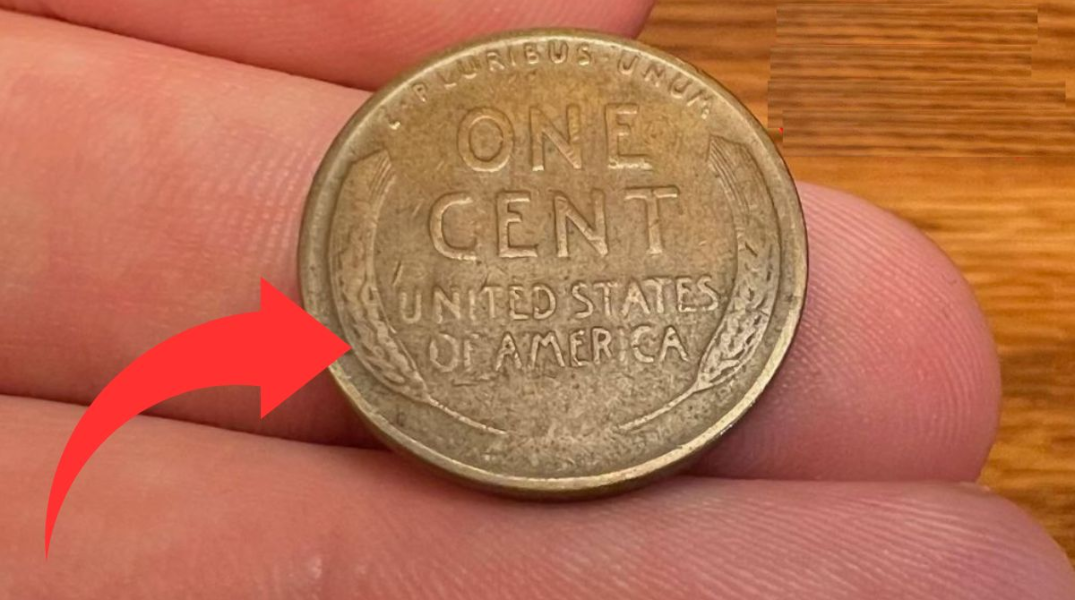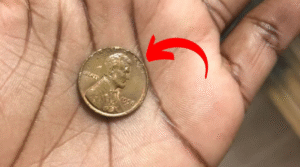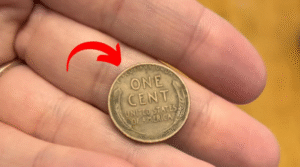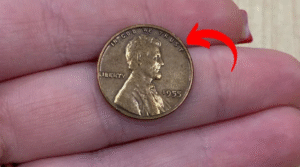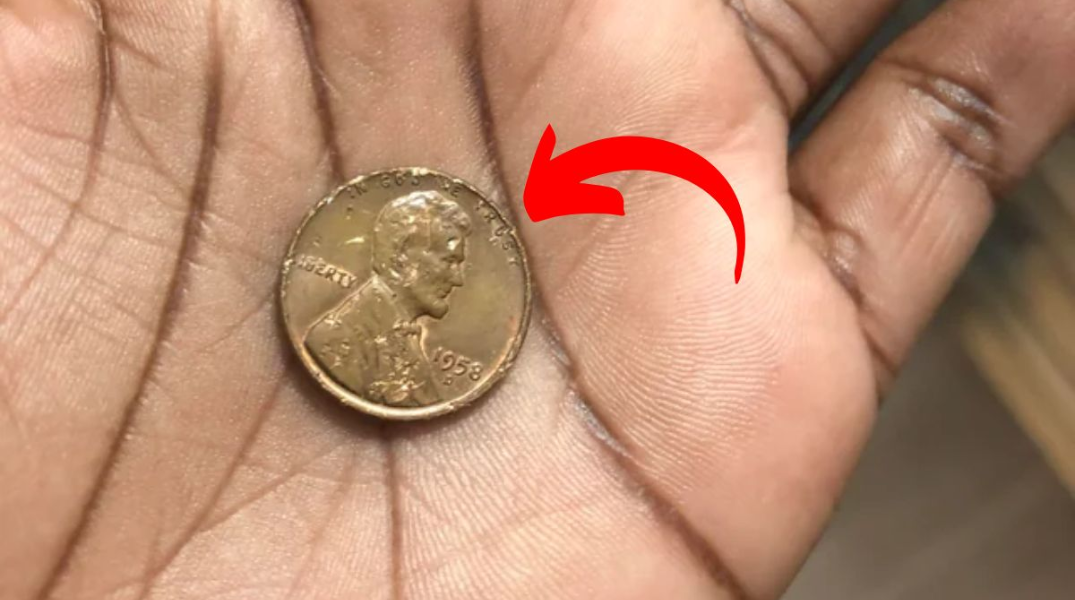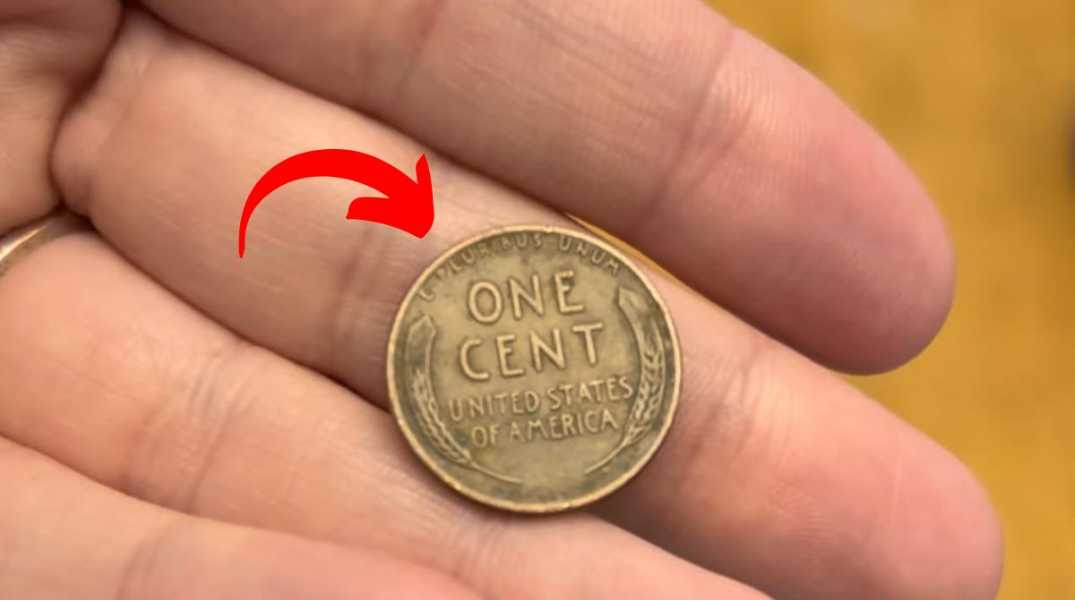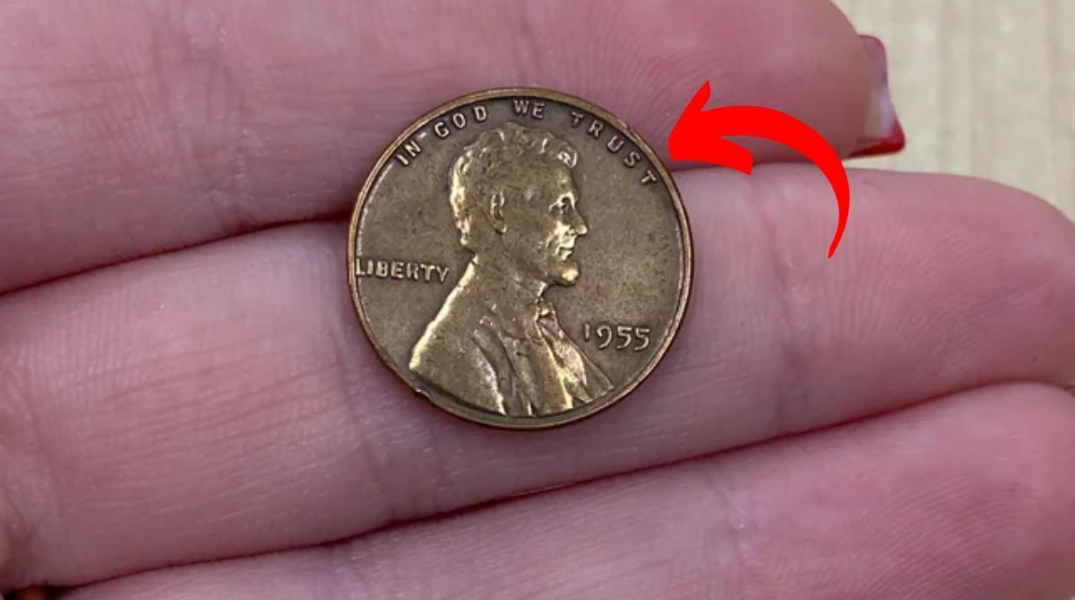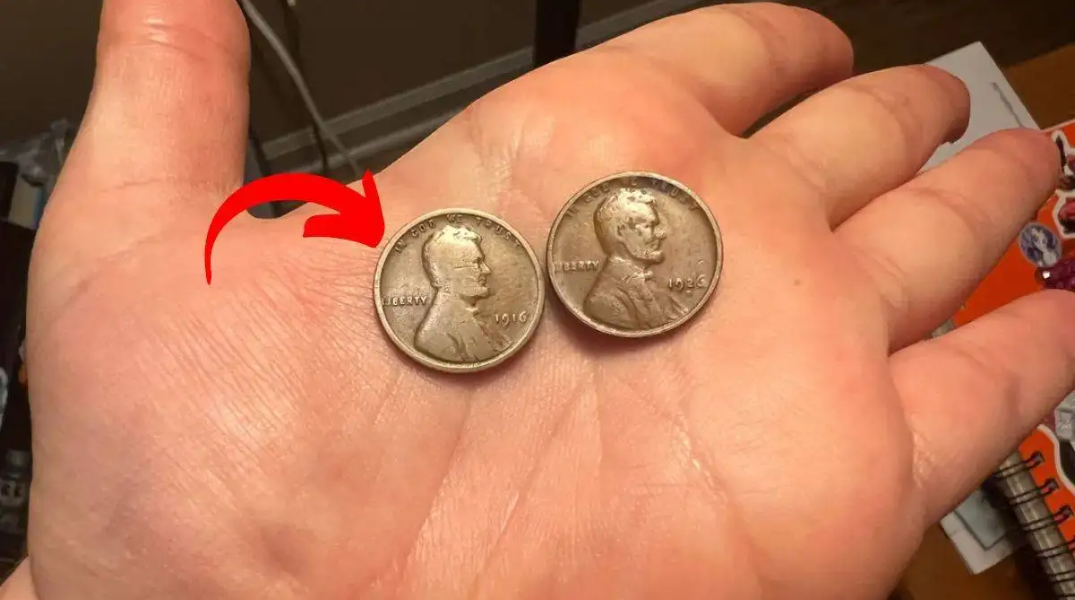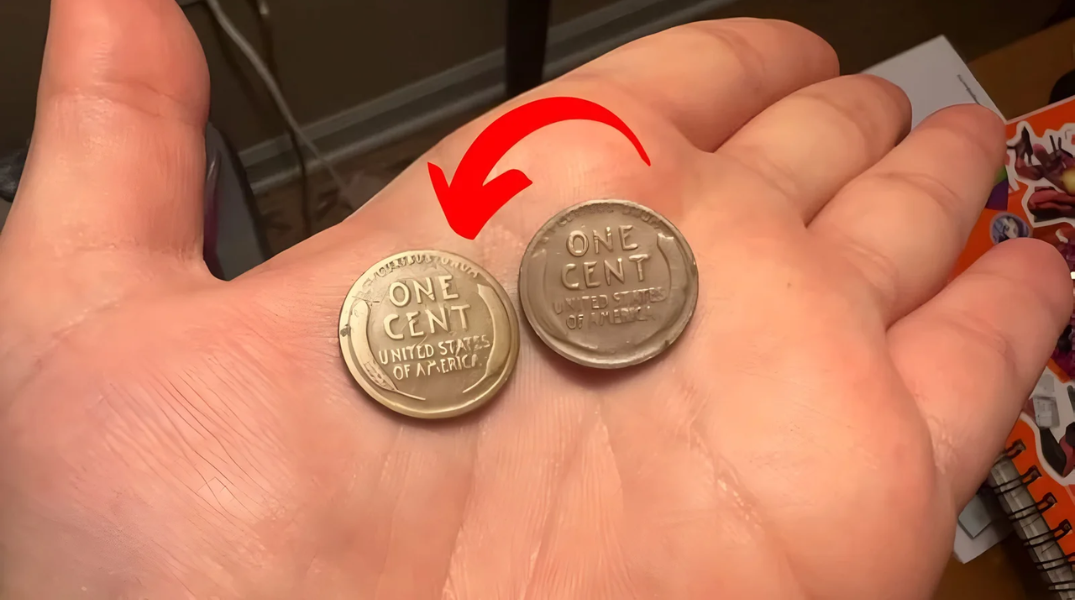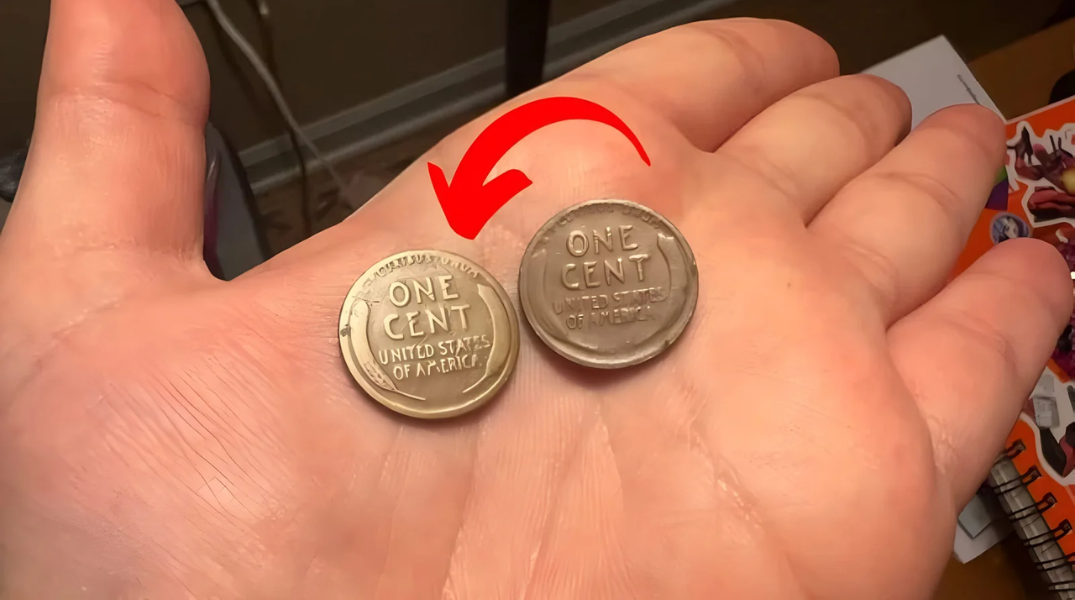Imagine reaching into your pocket to find an old, seemingly ordinary penny. But this isn’t just any penny—it’s a rare, potentially $250K Lincoln Wheat Penny. While it might sound too good to be true, this scenario has come true for a fortunate few who have stumbled upon one of these incredibly valuable coins. These pennies, once a regular part of American currency, are now the subject of intense interest among coin collectors, and some remain hidden in plain sight today.
The Lincoln Wheat Penny: A Quick History
The Lincoln Wheat Penny, minted between 1909 and 1958, holds the distinction of being the first U.S. coin to feature the portrait of a sitting president, Abraham Lincoln. The obverse (front) side displays his profile, while the reverse side features two stalks of wheat, symbolizing agricultural prosperity, surrounding the inscription “ONE CENT” and “UNITED STATES OF AMERICA.” This iconic design lasted for nearly 50 years before being replaced by the Lincoln Memorial design in 1959. Though they were once common, some variations of the Lincoln Wheat Penny are now considered highly collectible due to their extreme rarity.
Why Some Lincoln Wheat Pennies Are Worth Millions
The astonishing $250K value of certain Lincoln Wheat Pennies stems from a combination of historical significance, rarity, and minting errors. Among these, the 1943 copper penny is the most famous and the highest valued. Here’s why: During World War II, the U.S. Mint switched from copper to steel for penny production to conserve copper for the war effort. However, a handful of copper blanks from 1942 accidentally got pressed in 1943, resulting in a small batch of copper pennies being minted that year. Since only around 20 of these pennies exist today, their value is astronomical.
In addition to the 1943 copper penny, other rare variations include the 1909-S VDB penny, which features the designer’s initials, and pennies with minting errors, such as double-die errors, where the coin design appears more than once.
The $250K Penny: A Record-Breaking Sale
The 1943 copper penny that fetched a record-breaking price of $250K was authenticated by numismatic experts who performed rigorous testing. Metallurgical tests confirmed it was made of copper, not steel, and microscopic analysis verified its original minting characteristics. When this penny finally reached auction, it sparked a bidding frenzy, selling for a sum few could have imagined. This record sale highlights the premium placed on rare coins that represent significant historical anomalies.
How to Spot a Valuable Lincoln Wheat Penny
For those eager to hunt for rare pennies, here are a few tips to help you identify a Lincoln Wheat Penny worth thousands or even millions.
- Check the Date: The 1943 copper penny is the most valuable, but coins from the years 1909-S, 1914-D, and 1931-S are also highly sought after.
- Look for the Mint Mark: Mint marks are small letters found below the year on the obverse side of the penny. Pennies from the San Francisco Mint are usually more valuable (denoted by an “S”) compared to those minted in Philadelphia (no mint mark) or Denver (marked with a “D”).
- Perform the Magnet Test: Steel pennies, which were minted in 1943, will stick to a magnet, while the rare copper pennies will not. This simple test can help you spot the valuable 1943 copper pennies.
- Examine for Errors: Look for misalignments or double strikes in the design—these errors can greatly increase the coin’s value.
- Weigh the Coin: Copper pennies weigh 3.11 grams, while steel pennies weigh 2.7 grams. A discrepancy in weight may be an indicator of a rare copper penny.
Is It Possible to Find a $250K Penny Today?
While the idea of finding a million-dollar penny might sound like a stretch, experts agree that it’s not entirely out of the question. Some of the rarest Lincoln Wheat Pennies are still circulating today, hidden in old jars of coins, forgotten piggy banks, or even tucked away in circulation. Bank rolls of pennies are another place where collectors have made surprising finds. In fact, some valuable specimens have only recently been discovered, suggesting that others might still be out there, waiting to be found.
While the odds of finding a 1943 copper penny are slim, the excitement of knowing they could still be out there adds a layer of intrigue to every handful of change you receive.
A Guide for Aspiring Coin Collectors
If you want to get into coin collecting or are hoping to find your own treasure, here are a few tips to get you started:
- Examine your coins: Look through old coins, especially those minted before 1959, to find potential hidden gems.
- Use magnification tools: Invest in a good magnifying glass or a coin loupe to inspect the finer details, such as mint marks and signs of minting errors.
- Do your research: Learn about the different valuable pennies through online resources, books, and numismatic communities. Familiarizing yourself with rare coins is key to spotting them.
- Join a coin collecting club: Connecting with other collectors can help you gain insights into what to look for and how to identify valuable coins.
- Consult professionals: If you think you’ve found something valuable, have it authenticated by a professional numismatist or grading service, such as the PCGS or NGC, to determine its true worth.
The Timeless Appeal of Numismatics
The allure of the Lincoln Wheat Penny, and rare coins in general, lies not just in their monetary value but also in the connection they provide to history. A 1943 copper penny tells the story of wartime America, when even the composition of everyday currency was impacted by material shortages. Coin collecting combines elements of history, art, and economics with the thrill of the hunt. The possibility of discovering a hidden treasure in your spare change adds a unique sense of excitement to an otherwise mundane task.
Frequently Asked Questions (FAQs)
- What is the rarest Lincoln Wheat Penny?
- The rarest Lincoln Wheat Penny is the 1943 copper penny, with fewer than 20 known to exist. Other valuable variations include the 1909-S VDB penny and the 1914-D penny.
- Why are some Lincoln Wheat Pennies worth so much?
- The value comes from their rarity and historical significance, with some pennies featuring minting errors or special design variations that make them exceptionally rare.
- How can I tell if my Lincoln Wheat Penny is valuable?
- Check for key factors like the year, mint mark, and any signs of minting errors. Perform a magnet test for the 1943 copper penny, as steel pennies will stick to magnets, but copper ones will not.
- Can I still find valuable Lincoln Wheat Pennies today?
- Yes, rare pennies still circulate today and can sometimes be found in old coin collections, bank rolls, or even estate sales. While the odds are low, it’s not impossible.
- What should I do if I think I have a valuable coin?
- Have it authenticated by a professional grading service to determine its true value. Do not clean or handle the coin too much, as this can reduce its worth.
Conclusion
The possibility of finding a $250K penny is certainly rare, but it’s a possibility that keeps numismatists and casual coin collectors on the lookout. The Lincoln Wheat Penny, whether hidden in a pocket, coin jar, or bank roll, represents more than just money—it’s a tangible connection to America’s past. Whether you’re searching for treasure or simply appreciating the history, the appeal of these little coins will continue for generations to come. So next time you get a penny, take a moment to check it—because you never know what hidden gem might be waiting for you.
